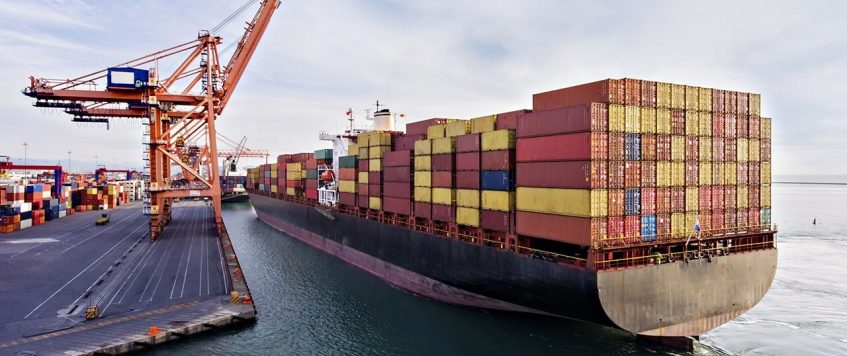-
12
Jun
Vessel Delays Costing Shippers Billions: Sea-Intelligence
Shippers forced to carry additional inventory to compensate for persistent container vessel delays have shouldered cumulative financial losses of up to $10 billion over the past two years, according to an estimate from Sea-Intelligence Maritime Analysis.
The cost burden of having to build buffer stocks to avoid empty shelves amid ravenous consumer demand for imported goods — particularly in the US — comes on top of elevated freight rates on the major trade lanes that have set carriers up to make more than $163 billion in operating profit this year, according to global bank HSBC.
In its Sunday Spotlight newsletter, Sea-Intelligence noted that the cost estimate of $5 billion to $10 billion to global container shippers covered the time delays associated with deep-sea vessels being late and did not include the impact of additional delays from missed feeder connections, or long wait times in ports to get cargo released or picked up.
Prior to the COVID-19 pandemic, there was an average of 8 million TEU days lost each month, according to Sea-Intelligence, but in January 2022, the market saw a loss of almost 70 million TEU days, with March data showing 57 million TEU days lost. Lost TEU days are calculated by multiplying the number of TEU that are late with the number of days they are delayed.
“To place this measure into context, it can be argued that the loss of 31 TEU days in January is the same as having an inventory of one TEU of cargo just standing idle for the full month,” the analyst noted.
Those lost TEU days — which totaled 37 million a month between January 2020 and March 2022 — have cost that depends on the value of the cargo in the container as well as an internal rate of return (IRR), “the interest rate a company assigns to their inventory value,” Sea-Intelligence said. In its calculations, the maritime analyst assumed a benchmark cargo value of $40,000 per TEU and used interest rates of 5 percent and 10 percent in two scenarios to arrive at the cumulative loss of $5 billion to $10 billion during that time frame.
All available capacity deployed
Ongoing disruption to supply chains stemming from record-setting trans-Pacific demand and prolonged COVID-19 lockdowns in China has forced carriers to blank sailings and omit port calls, with global schedule reliability of carriers falling from 68 percent in January 2020 to 34 percent in April this year, Sea-Intelligence data show. Deploying all available capacity and equipment to handle that demand overwhelmed major ports and inland logistics chains, resulting in persistent congestion at marine terminals in the US and Europe that has made it all but impossible for vessels to stay on schedule.
As of the first week of June, the sailing schedules of THE Alliance members — Hapag-Lloyd, HMM, Ocean Network Express, and Yang Ming — showed 36 blank sailings for Shanghai, including eight on trans-Pacific services.
That compared with 46 blank sailings across all services at the start of May, although this subsequently increased during the month to more than 60 canceled sailings
Container ship schedule reliability on routes between Asia and the US West Coast dropped to a record low of 9.3 percent in January but has since improved to 21 percent in April. Asia–North Europe on-time performance set its record low of 14.3 percent in March this year before rising to 19.2 percent in April. By comparison, on-time performance averaged 66.7 percent on Asia–US West Coast trades and 82.9 percent on Asia–Europe in pre-pandemic 2019.
With the peak shipping season around the corner, there is little expectation that congestion will improve any time soon, especially on the trans-Pacific. While relief may come from a future reduction in US imports from Asia, volumes of which were up 31 percent in the first four months of 2022 versus the same period in 2019, according to IHS Markit data, shippers and carriers are struggling to catch up with volumes that are already moving through the supply chain.
There are also fears of a bullwhip effect on ports in the US as the gradual lifting of China’s two-month COVID-19 lockdown from June 1 restart manufacturing activity in factories around Shanghai. China’s Transport Ministry figures show month-on-month volume at Shanghai fell 19 percent in April to 3.1 million TEU from 3.8 million TEU in March. However, as Shanghai’s throughput fell, container volume at eight of China’s top ports surged 25 percent to 16.8 million TEU in April, up from 13.4 million TEU in March.
By: Greg Knowler / JOC

